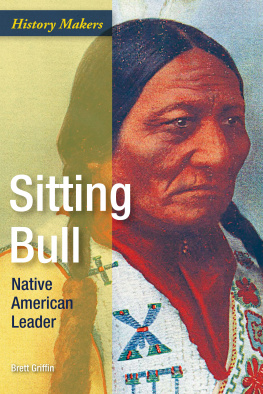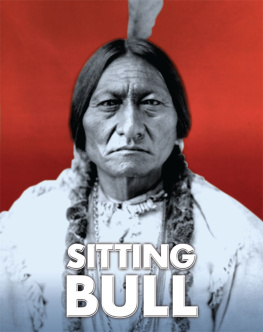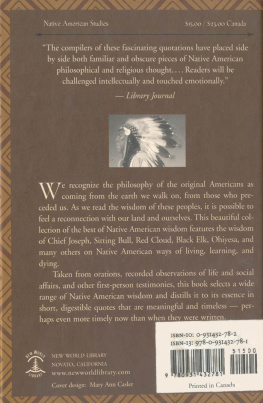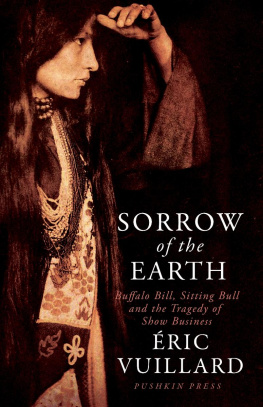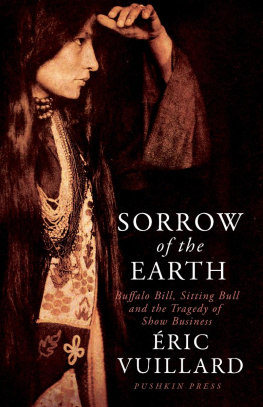Published in 2018 by Cavendish Square Publishing, LLC
243 5th Avenue, Suite 136, New York, NY 10016
Copyright 2018 by Cavendish Square Publishing, LLC First Edition
No part of this publication may be reproduced, stored in a retrieval system, or transmitted in any form or by any means electronic, mechanical, photocopying, recording, or otherwisewithout the prior permission of the copyright owner. Request for permission should be addressed to Permissions, Cavendish Square Publishing, 243 5th Avenue,
Suite 136, New York, NY 10016. Tel (877) 980-4450; fax (877) 980-4454.
Website: cavendishsq.com
This publication represents the opinions and views of the author based on his or her personal experience, knowledge, and research. The information in this book serves as a general guide only. The author and publisher have used their best efforts in preparing this book and disclaim liability rising directly or indirectly from the use and application of this book.
All websites were available and accurate when this book was sent to press.
Library of Congress Cataloging-in-Publication Data
Names: Griffin, Brett, author.
Title: Sitting Bull : Native American leader / Brett Griffin.
Description: New York : Cavendish Square Publishing, [2018] |
Series: History makers | Includes bibliographical references and index.
Identifiers: LCCN 2017015452 (print) | LCCN 2017015860 (ebook) | ISBN 9781502632937 (library bound) |
ISBN 9781502633224 (E-book)
Subjects: LCSH: Sitting Bull, 1831-1890--Juvenile literature. |
Dakota Indians--Biography--Juvenile literature. | Hunkpapa Indians--Biography--Juvenile literature. | Little Bighorn, Battle of the,
Mont., 1876--Juvenile literature.
Classification: LCC E99.D1 (ebook) | LCC E99.D1 G76 2018 (print) |
DDC 978.004/9752440092 [B] --dc23 LC record available at https://lccn.loc.gov/2017015452
Editorial Director: David McNamara Editor: Kristen Susienka Copy Editor: Rebecca Rohan Associate Art Director: Amy Greenan Designer: Jessica Nevins Production Coordinator: Karol Szymczuk Photo Research: J8 Media
The photographs in this book are used by permission and through the courtesy of: Cover, p. 36 Hulton Archive/Getty Images; p. 4 Everett Historical/Shutterstock.com; p. 7 Stasven at English Wikipedia/Wikimedia Commons/File:Lakotah map.png/CC BY SA 3.0; p. 8 Layne Kennedy/Corbis Documentaiy/Getty Images; p. 14 VCG Wilson/Corbis/Getty Images; p 16-17 Buyenlarge/Getty Images; p. 21 Nancy G.Western Photography/Nancy Greifenhagen/Alamy Stock Photo; p. 26 NativeStock/North Wind Picture Archives; p. 31, 102 Universal History Archive/UIG/Getty Images; p. 44, 82 Library of Congress; p. 47 Alex.detaxis/Wikimedia Commons/File:Grandereservesioux2.png/CC BY SA 4.0; p. 50 MPI/Getty Images; p. 53 Cross/Chicago History Museum/Bridgeman Images; p. 57, 74-75 GraphicaArtis/Getty Images; p. 60 Mansell/ The LIFE Picture Collection/Getty Images; p. 62 Art Media/Print Collector/Getty Images; p. 65 Wollertz/Shutterstock. com; p. 70, 97 Fotosearch/Getty Images; p. 78 Nelson Miles by Caroline Thurber/Wikimedia Commons/File:NelsonMiles. jpg/Public Domain; p. 92 D. F. Barry of Bismarck, Dakota territory/Wikimedia Commons/File:Crow Foot by DF Barry.jpg/ Public Domain; p. 94 Corbis/Getty Images; p. 106 User:Nikater/Wikimedia Commons/File:Sioux01.png/Public Domain; p. 108 David Frances Barry/Denver Public Library, Western History Collection/Bridgeman Images; p. 112-113 Library of Congress/Corbis/VCG/Getty Images; p. 118 D.F. Barry/Library of Congress/Corbis/VCG/Getty Images; p. 120-121 Peter Newark Western Americana/Bridgeman Images; p. 123 Ullstein Bild/Getty Images; p. 128 Ryan Vizzions.
Table of Contents

Opposite: This 1881 photograph shows Sitting Bull, theleader of the Lakota Sioux during their resistance to whiteencroachment on the Great Plains.
I n the Lakota language, Tatanka Iyotake translates literally as Buffalo Bull Who Sits Down. Lakota names are given as an indicator of the character of the one who bears them, and never was a name more appropriately bestowed than Tatanka Iyotake. The image of a buffalo* bull sitting down communicates stubborn determination, immovable strength, and unflagging endurance. All of these characteristics were exemplified by the Lakota leader who was responsible for living up to them: the man known to history as Sitting Bull.
*For this book, we will use buffalo and bison interchangeably to refer to what is known officially as the American bison.
During his nearly sixty years of life, Sitting Bull was a warrior, a chief, and a holy man. He was also a father, a husband, and a surrogate brother. To the whites, he was a hostile, a fugitive, a prisoner of war, a curiosity, and a disobedient subject. More than anything, however, Sitting Bull was a leader. Kind and generous by nature, he was fiercely protective of the Lakota Sioux tribe and its traditional way of life, and was determined to do everything in his power to maintain the safety of both. Beloved by his people and feared by his enemies, the bravery, wisdom, and compassion of Sitting Bull were second to none, and he represented a synthesis of all of the values most cherished by the Sioux people.
Sioux was the name given to a number of related Native American tribes of the Great Plains by white settlers. Originally composed of seven groups that shared a culture, history, language, and home at the head of the Mississippi River, over the course of the eighteenth and early nineteenth centuries, the Sioux people gradually began to spread out. As some tribes moved west, they developed a culture and language distinct from their eastern brethren; the Sioux that remained near the Mississippi called themselves Dakota, while those that went west used the name Lakota. The Lakota Sioux were in turn composed of seven smaller tribes: the Oglala, the Sans Arc, the Miniconjou, the Two Kettles, the Brule, the Blackfeet, and the Hunkpapa, the tribe to which Sitting Bull belonged. While the Dakota tribes maintained a settled existence similar to other Native American tribes of the eastern United States, the Lakota lived as nomads , following herds of buffalo and only building temporary camps.

Before white settlement on the Great Plains, the Lakota territory consisted of parts of present-day Montana, Wyoming, Nebraska, and North and South Dakota.
The lands of the Lakota stretched across the Great Plains of the northern United States and southern Canada. This territory extended from the Missouri River in the east to the Bighorn Mountains in the west, and reached as far south as the Platte and Republic Rivers. Between fifteen and twenty thousand Lakota roamed these lands, pursuing the vast herds of bison that formed the staple of their diet. The rich grasslands allowed other animals to flourish as welldeer, antelope, and elk grazed on the plains, grouse and geese dotted the air, and the rivers that brought life to the region were filled with fish. The climate was moderate, with warm, dry summers; harsh, snowy winters; and distinct springs and autumns. It was a land of natural beauty, an unspoiled wilderness in which the Lakota could live in harmony with their environment.

